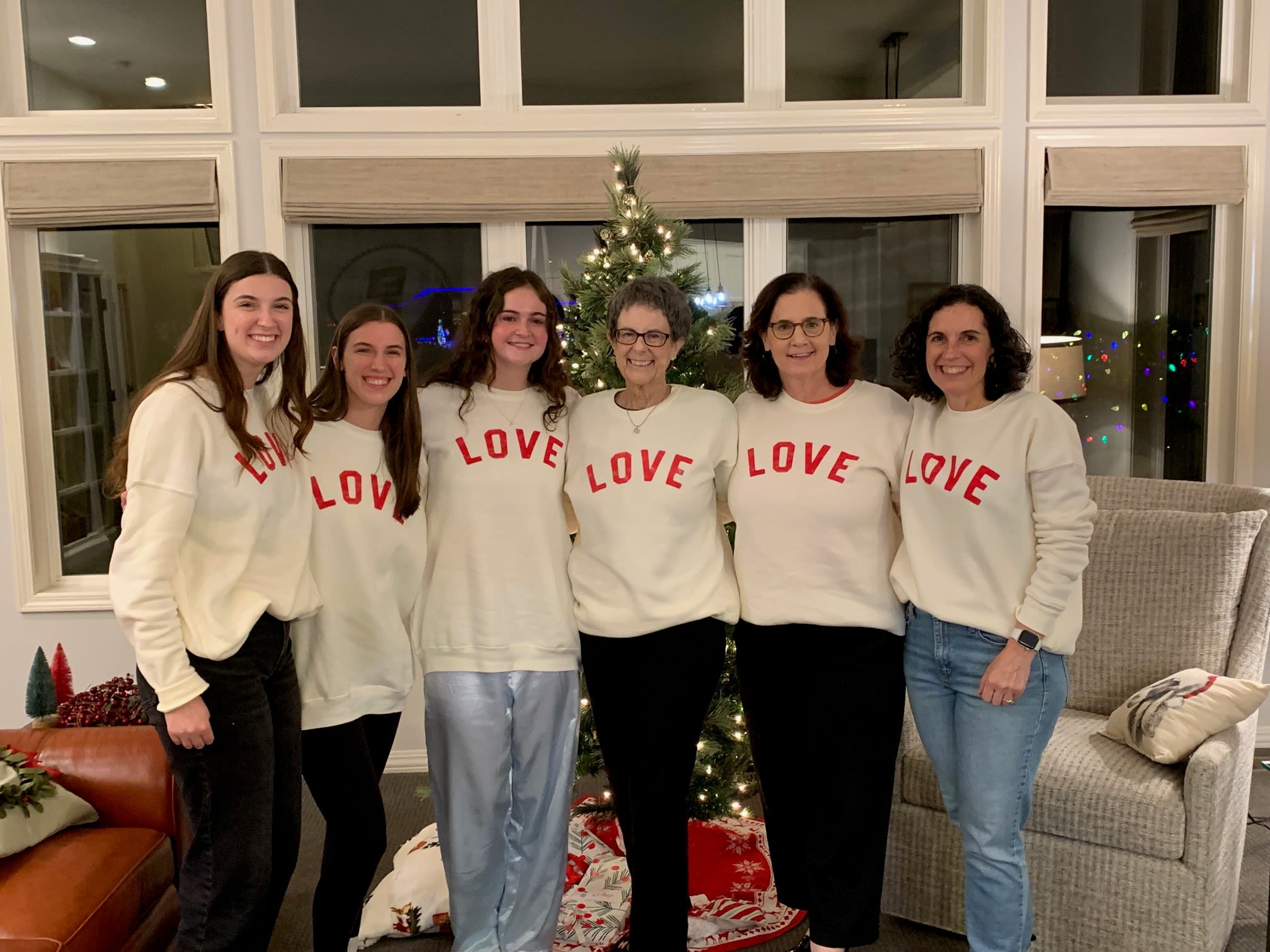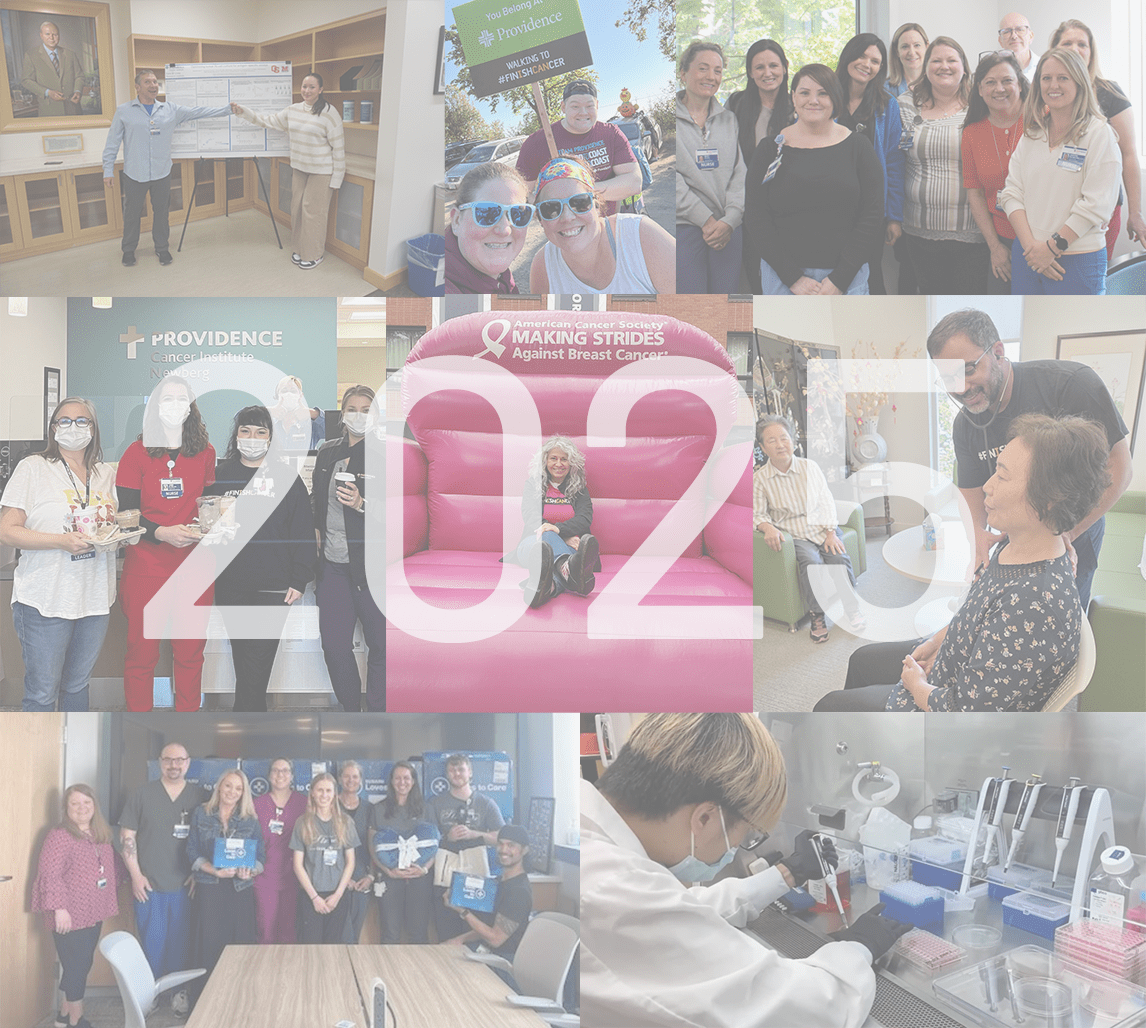Preventing the Darkness of Glaucoma
A leading cause of irreversible blindness, glaucoma is known as “the silent thief of sight” because of its lack of symptoms until very late in the disease.
“People don’t even realize damage to their optic nerve is occurring,” says Igor Bussel, MD, a board-certified ophthalmologist and glaucoma specialist. In fact, half of the over three million people in the U.S. with glaucoma are unaware they have it.
According to Dr. Bussel, the key to diagnosing and treating glaucoma before damage has occurred is simple: routine and thorough eye exams. “If detected early, we can slow or even prevent vision loss by lowering eye pressure,” he explains.
Traditionally, preventing glaucoma’s progression means daily eye drops, a form of therapy patients often find inconvenient and sometimes ineffective. Surveys show that more than half don’t use eye drops as prescribed. “Some patients find daily eye drops to be burdensome or hard to use,” Dr. Bussel says. “Unfortunately, drops that are sitting unused in a medicine cabinet aren’t helpful in minimizing damage to the optic nerve.”
The good news? Newer minimally invasive treatments often eliminate the need for daily drops. For instance, an in-clinic laser treatment called laser trabeculoplasty takes less than five minutes and replaces prescription drops as a first-line treatment.
Additionally, new dissolvable implants—the size of the letter i on a penny—release medication as they slowly dissolve inside the eye to ensure a consistent, sustained dose over several months.
Meanwhile, a new class of minimally invasive glaucoma surgeries (MIGS) are proving highly effective at treating mild to moderate glaucoma—often replacing traditional glaucoma surgeries and allowing earlier intervention. These procedures typically take 15 to 20 minutes, create fewer complications and offer a much quicker recovery. One example is the variety of microscopic stents that, once inserted, reduce eye pressure by increasing the outflow of fluid.
“The number and effectiveness of glaucoma treatments continues to grow,” explains Dr. Bussel, an innovator in minimally invasive treatment options. “But the first step is scheduling annual eye exams.”
If you are over 40 and have a family history of glaucoma or other risk factors—such as high eye pressure, diabetes or use of long-term steroid medications—regular eye screenings need to be on your to-do list. If glaucoma is suspected, Dr. Bussel recommends getting a second opinion from a doctor who specializes in glaucoma. “It’s a lifelong diagnosis, so accuracy in diagnosis and expertise in newer glaucoma treatments is important.”
BETTER OPTIONS FOR TREATING GLAUCOMA
November 16, 6:00 p.m.
New treatment options are changing how glaucoma is managed and improving outcomes for patients. From extended-release medications that remove the burden of daily eye drops, to minimally-invasive procedures that are replacing tradition glaucoma surgery, Igor Bussel, MD, an expert in glaucoma, will explain your options for treatment. This highly informative class will also cover what questions you should ask your ophthalmologist and why a second opinion might be helpful. To register for this free online class, call 844-925-0944 or click here.



